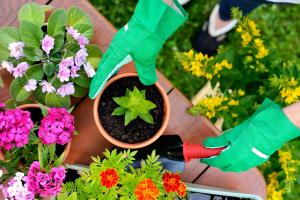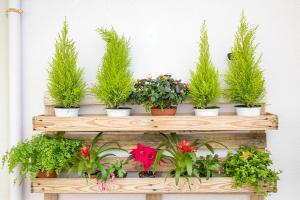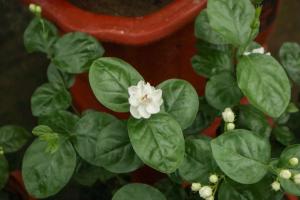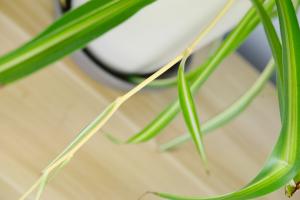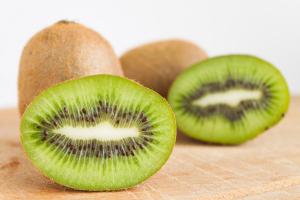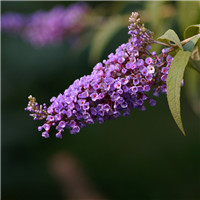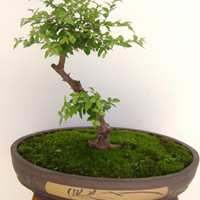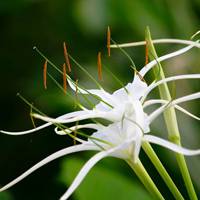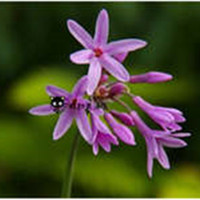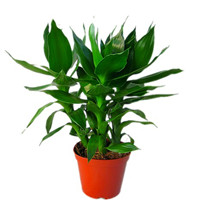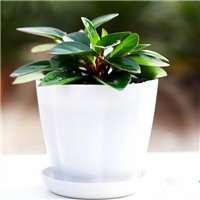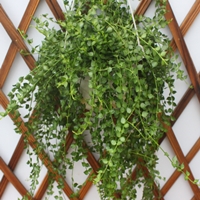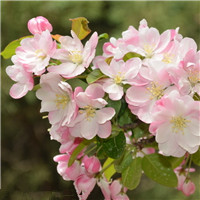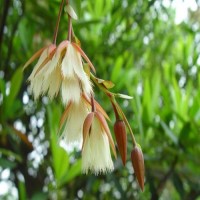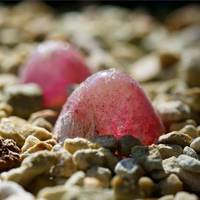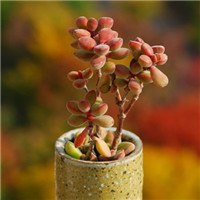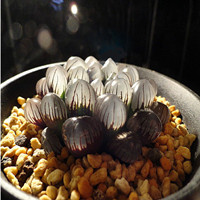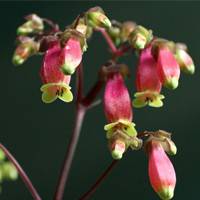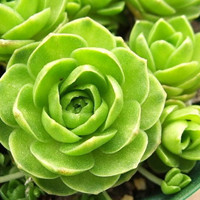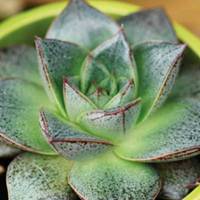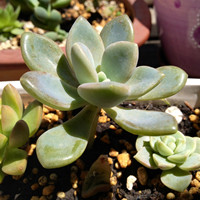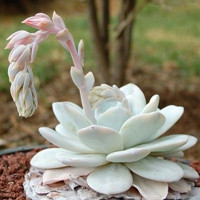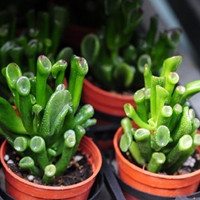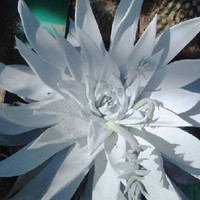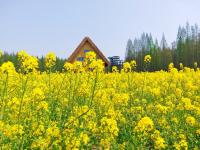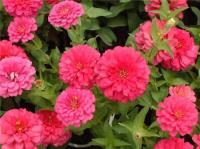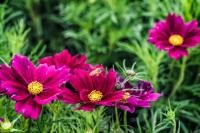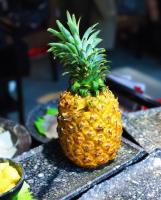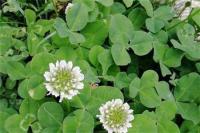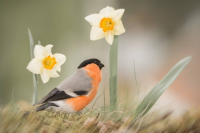1、 Curing method
1. Flowerpot: Yangjin Haiying claw prefers small flowerpots. When selecting flowerpots, you can't use flowerpots with poor air permeability, but can use pottery pots or purple sand pots 2. Soil: it likes to grow in the soil with good drainage. If it is necessary to prepare soil, it can be prepared with sawdust, garden soil and some rotten leaf soil. Such soil will be helpful for its growth
3. Temperature: it grows fastest at about 15-28 ℃. It has no cold resistance, so the minimum temperature resistance is 5 ℃ and the maximum heat resistance temperature is 35 ℃ 4. Moisture: during the growth period, it is necessary to water the soil after it is completely dry, and the watering should be thorough. When it is dormant in summer, it will stop growing. At this time, it must not be watered. Watering should be stopped in rainy season and reduced in winter
2、 Breeding skills
1. Reproduction: reproduction mainly uses the ramet method, and ramets can be carried out from April to May. The young plants next to the mother plant should be separated first, and then planted directly in the flower pot. After that, put the potted plants in a shady place and they will take root in about 20 to 25 days 2. Pruning: when it grows too vigorously, we should prune the dense and complex leaves, so as to keep sufficient nutrients
3、 Diagnosis and treatment problems
1. Anthrax: if the plants are airtight, they will suffer from anthrax, and there will be black spots on the leaves. After discovery, they should be cut off in time and buy relevant drugs for treatment 2. Rust: pay attention to the ventilation of the environment during breeding, otherwise rust will occur. To strengthen the management, it is recommended to put it in a ventilated place and spray it with diniconazole or ammonium Naipu
4、 Other issues
1. Whether it can be planted at home: it can be planted at home, but management should be strengthened and ventilation should be strengthened frequently 2. Edible: no data shows that Jinhai eagle claw is toxic, but don't eat it. It's better to breed and watch it at home
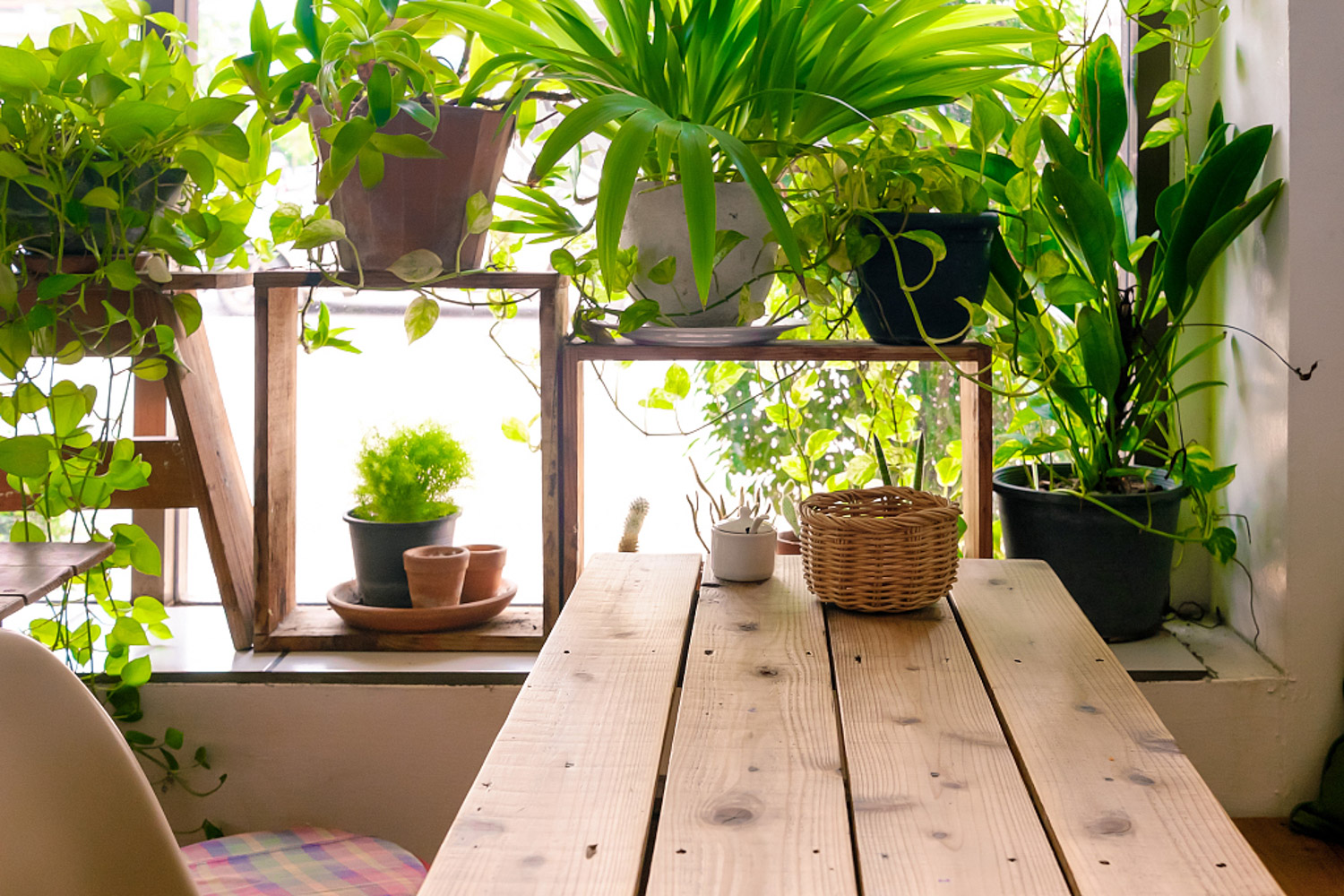
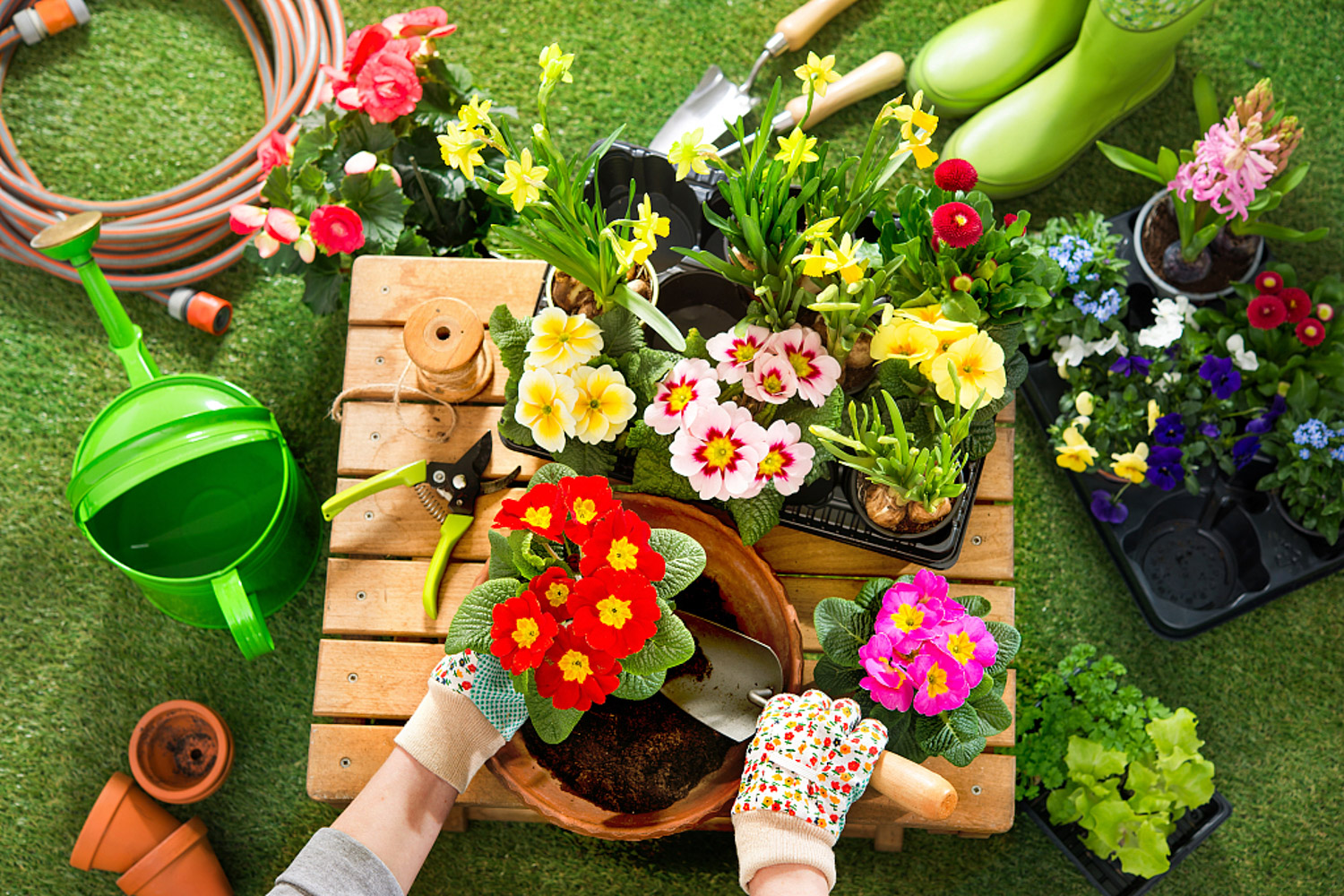
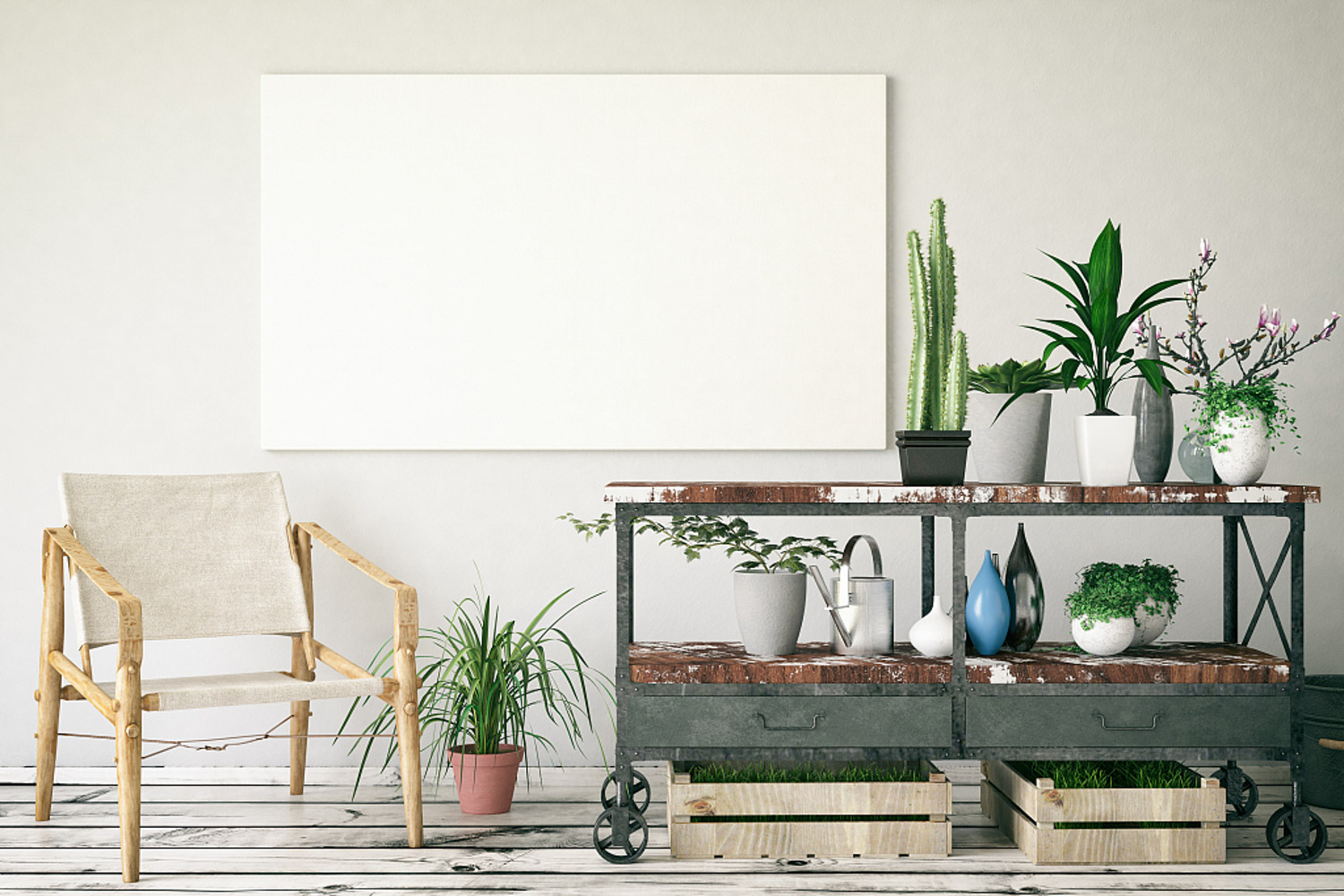
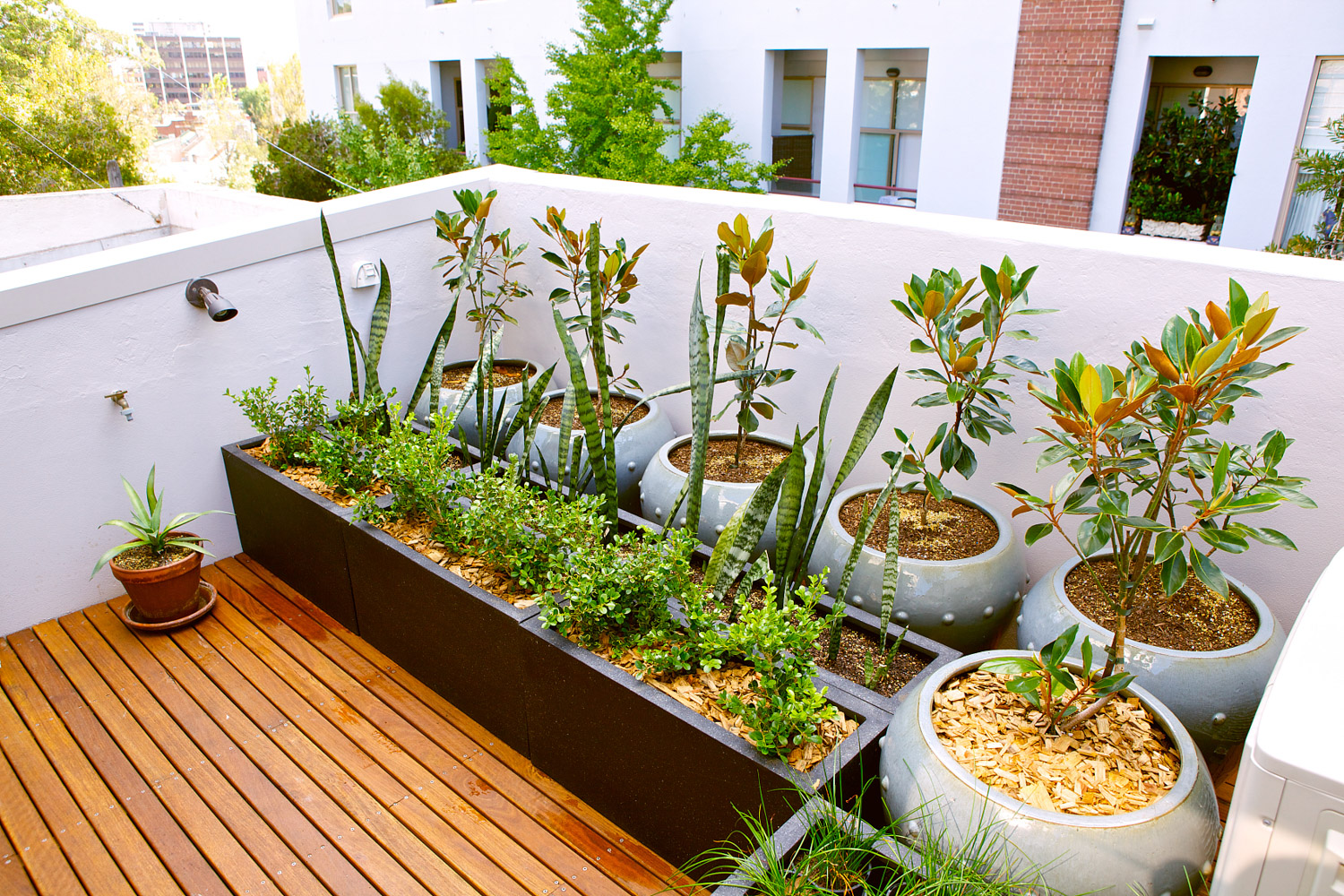
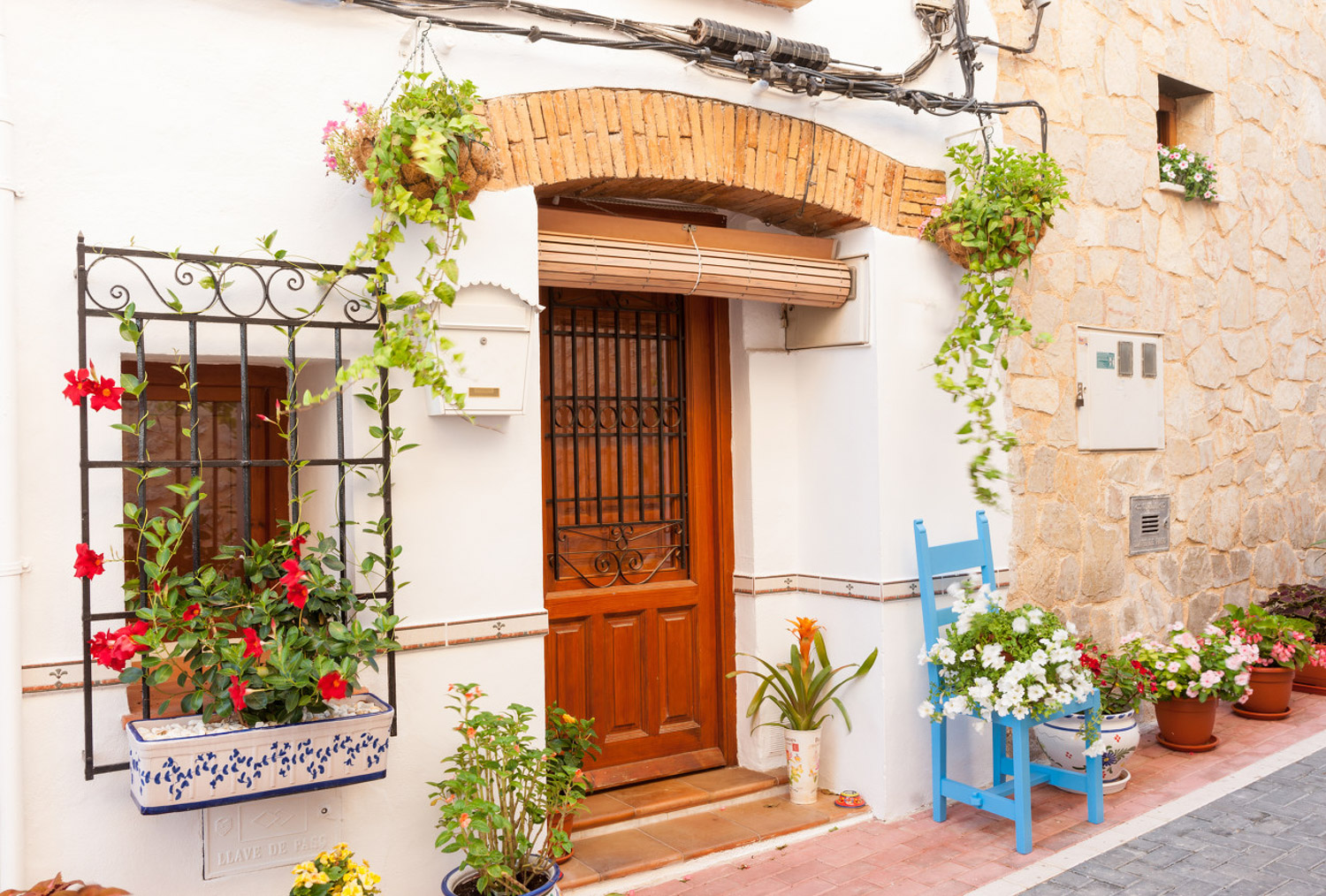

 jackfruit
jackfruit snake plant
snake plant hibiscus
hibiscus hydrangea
hydrangea lavender
lavender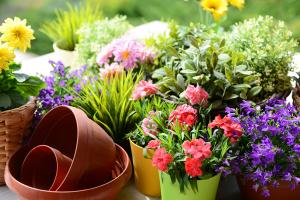 Green roses climb al...
Green roses climb al...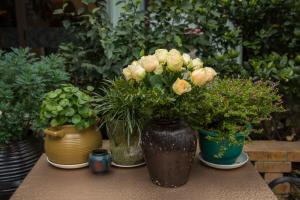 If you don't pay att...
If you don't pay att... Management of four g...
Management of four g...
